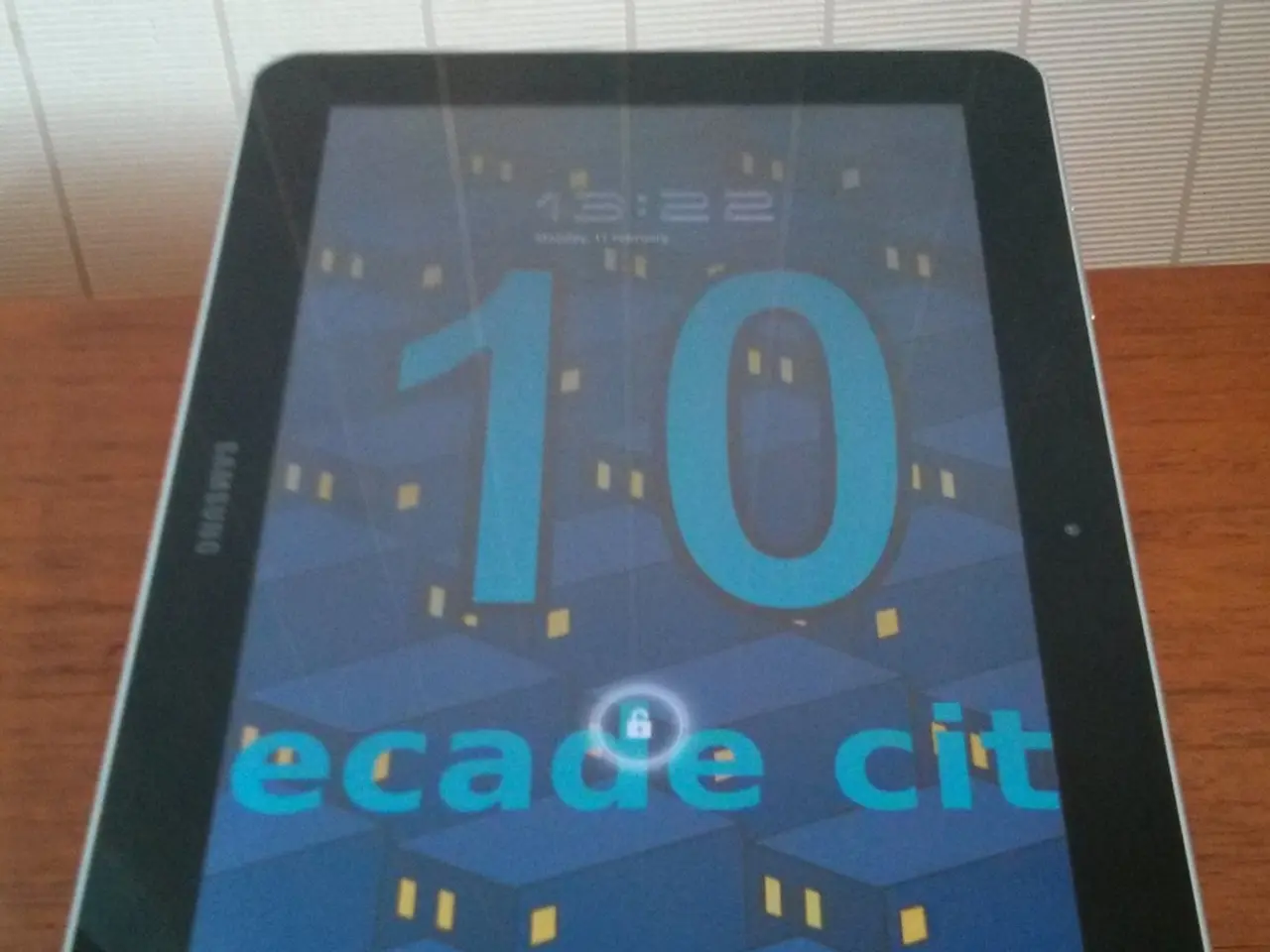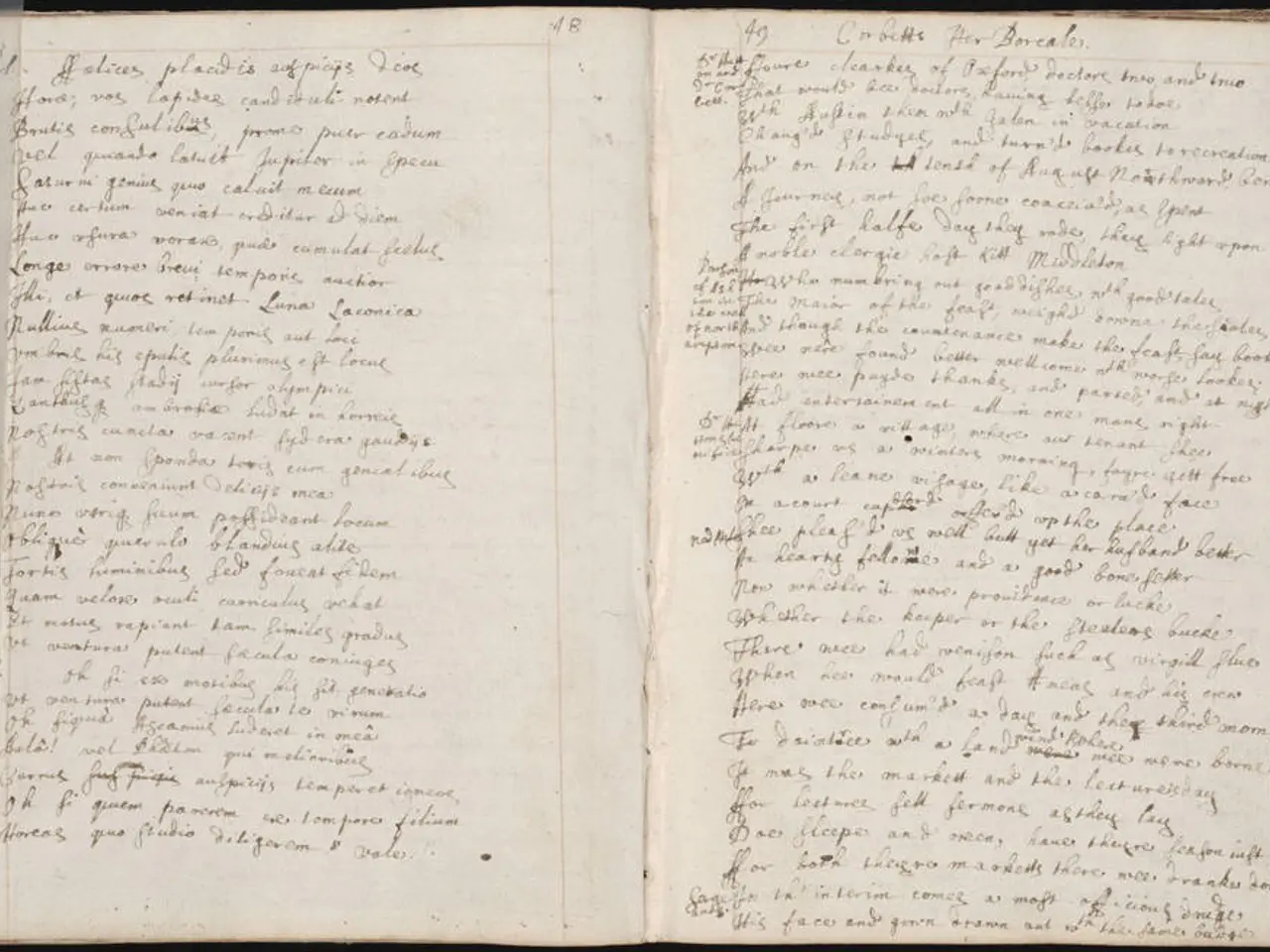Strategies for Structuring Extensive Text Documents in Microsoft Word
Efficiently Formatting a Senior Thesis in Microsoft Word
Writing a Senior Thesis is an extensive undertaking, and formatting the document can be a time-consuming aspect of the process. Here are some key areas to focus on when formatting a long thesis in Microsoft Word.
Headers and Footers
Use section breaks to differentiate headers and footers for various parts of your thesis, such as the front matter and body. Insert page numbers aligned per your style guide, either centred or flush right, using Roman numerals for preliminaries and Arabic numerals starting from the text body.
Section Breaks
Insert "Next Page" section breaks between major parts, like the front matter and body, or chapters, to allow different page numbering styles, headers, or footers in each section. Avoid continuous breaks to maintain clear separation and proper pagination.
Pagination
Start with unnumbered or Roman-numbered pages for the front matter, then reset pagination to Arabic numbering at the first page of your main text (page 1). Ensure page numbers are consecutive with no letter suffixes.
Table of Contents (TOC)
Use Word’s built-in heading styles consistently throughout the document. Tag chapter titles with these styles, then insert an automatic TOC that updates to reflect changes in chapter/page numbering.
Tables of Contents and Lists
Besides the TOC, include lists of tables, figures, and abbreviations each on separate pages as required, using captions and Word’s referencing tools to automate numbering and updates.
Additional Tips
- Use Outline View in Word to manage heading levels and easily navigate or reorder sections.
- Follow your university’s formatting checklist strictly, as requirements can be very specific.
- Avoid manual formatting for page numbers and headings; rely on styles and section breaks to maintain consistency across the document.
- Update fields regularly before submission to ensure accuracy.
These tips do not cover all components of formatting a thesis but can save time on some basics. The automatic table of contents feature is optional, and a manual approach can be used instead. To unlink sections, double click in the header or footer, select "Header and Footer," and uncheck "Link to Previous." The page numbers in unlinked sections will automatically start at 1 at the beginning of each chapter.
Microsoft Word has a tool for creating tables of contents under the "Document Elements" tab. Most theses must include document elements like chapter headings, page numbers, and table of contents. Creating chapter headings and subheadings using the "Styles" tool in the "Home" tab is required to use the table of contents tool. If the pages on which sections start change, clicking "Update" will change the table of contents accordingly. Manual filling of headings and page numbers is possible by selecting a template from the table of contents tool. The headings should automatically appear in the table of contents after its insertion. Creating section breaks between chapters allows you to edit one chapter without altering the spacing of the subsequent chapters.
- In addition to formatting a Senior Thesis, one may also consider working on a Junior Paper during the early years of education-and-self-development, as both tasks require independent work and the effective use of technology such as Microsoft Word.
- To ensure that the lifestyle of a diligent student remains balanced, it's essential to follow some time management practices while tackling library research, drafting, and formatting for both the Senior Thesis and Junior Paper.
- To complement education-and-self-development, students can explore various online resources and workshops that offer guidance on the technological aspects of creating a Senior Thesis and a Junior Paper, fostering growth in both research and technical skills.




